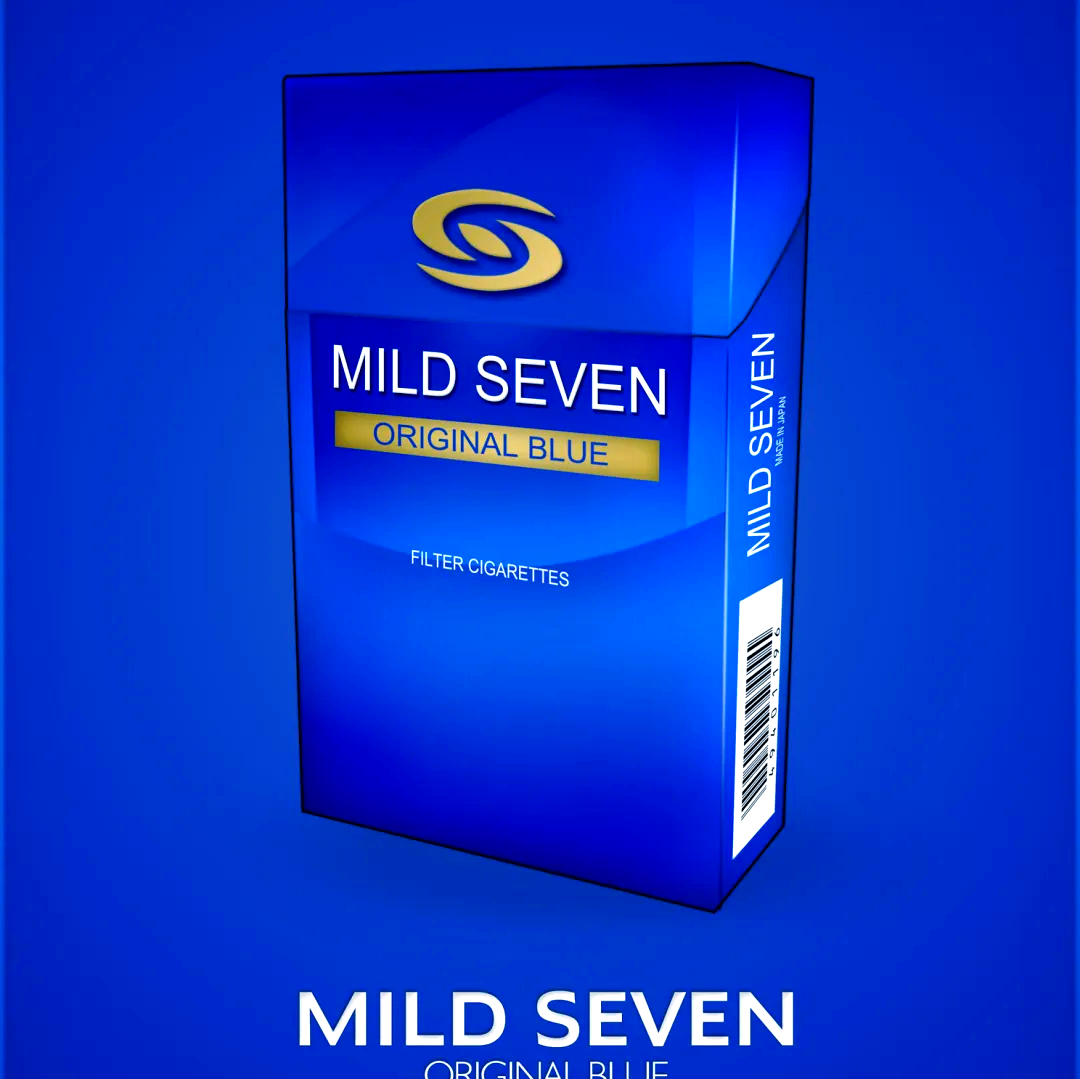Title: Beyond the Lungs: How Tobacco Use Exacerbates Skin Telangiectasia
Introduction
Tobacco use is universally recognized as a primary driver of severe health conditions, most notably lung cancer, cardiovascular disease, and chronic obstructive pulmonary disease (COPD). However, its detrimental effects extend far beyond internal organs, significantly impacting the body's largest organ: the skin. While the association between smoking and premature aging, wrinkles, and poor wound healing is increasingly acknowledged, a less discussed but profoundly visible consequence is its role in worsening the severity of telangiectasia. These permanently dilated small blood vessels, often appearing as red or purple thread-like lines or webs on the face, chest, and legs, represent a clinical sign of microvascular damage. This article delves into the multifaceted pathophysiological mechanisms through which tobacco smoke accelerates and intensifies the development and severity of telangiectasia, moving beyond mere correlation to establish a direct causative link.
Understanding Telangiectasia: More Than Cosmetic Flaw
Telangiectasias are not merely a cosmetic concern; they are a visible manifestation of underlying vascular dysfunction. They arise from the chronic dilation of capillaries and venules just beneath the skin's surface. Common causes include genetic predispositions (like in hereditary hemorrhagic telangiectasia), sun exposure, rosacea, hormonal changes, and, critically, environmental insults. The pathophysiology involves damage to the endothelial cells that line the blood vessels and the surrounding connective tissue support structure, weakening the vessel walls. Over time, these weakened walls lose their ability to constrict properly, leading to permanent dilation and the formation of visible telangiectasias. This underlying vulnerability is precisely what tobacco smoke exploits and accelerates.
The Toxic Assault: Tobacco's Chemical Cocktail on Skin Vasculature
Cigarette smoke contains over 7,000 chemicals, hundreds of which are toxic, and at least 70 are known carcinogens. This complex mixture initiates a cascade of damaging processes within the skin's microvasculature.
-
Nicotine-Induced Vasoconstriction and Subsequent Rebound Dilation: Nicotine is a potent vasoconstrictor. It stimulates the release of catecholamines (like adrenaline), causing small blood vessels to narrow. This reduces blood flow and oxygen delivery to the skin. However, this is followed by a reactive hyperemia—a rebound dilation of the vessels as the body attempts to restore circulation. This constant, repetitive cycle of constriction and dilation places immense mechanical stress on the capillary walls. Over years of smoking, this relentless "pumping" action fatigues and weakens the vessels, making them prone to permanent dilation and the formation of telangiectasia.
-
Oxidative Stress and Free Radical Damage: Tobacco smoke is a prolific generator of reactive oxygen species (ROS) or free radicals. These highly unstable molecules cause widespread oxidative damage to cellular structures. In the context of skin vasculature, ROS directly attack and injure endothelial cells, degrading collagen and elastin fibers that provide structural support to the vessel walls. This process is akin to rusting the very scaffolding that holds the capillaries taut. Without this support, the vessels become flaccid and dilated. Furthermore, oxidative stress activates inflammatory pathways, exacerbating the damage.
-
Chronic Inflammation: Smoking creates a state of systemic inflammation. It elevates levels of pro-inflammatory cytokines such as tumor necrosis factor-alpha (TNF-α) and interleukins (e.g., IL-1, IL-6). This inflammatory milieu attracts immune cells to the vessel walls, where they release enzymes (matrix metalloproteinases or MMPs) that further break down the structural proteins collagen and elastin. This chronic, low-grade inflammation continuously undermines vascular integrity, directly promoting the development and worsening of telangiectatic networks.
-
Impaired Microvascular Function and Angiogenesis: Studies have consistently shown that smoking impairs endothelium-dependent vasodilation, meaning the blood vessels lose their ability to regulate blood flow properly. This dysfunction is a key precursor to vascular diseases. Additionally, some components of tobacco smoke can paradoxically promote abnormal angiogenesis—the formation of new blood vessels. However, these new vessels are often fragile, malformed, and highly susceptible to becoming telangiectatic.
Clinical Evidence and Synergistic Effects
The clinical evidence supporting this link is substantial. Epidemiological studies have consistently found a higher prevalence and greater severity of facial telangiectasia among smokers compared to non-smokers. This is particularly evident in conditions like rosacea, where smoking is a well-established trigger and exacerbating factor. The erythematotelangiectatic subtype of rosacea is characterized by persistent redness and visible blood vessels, and smokers with this condition often present with more extensive and severe lesions.

Moreover, tobacco smoke acts synergistically with other known causes of telangiectasia. For instance, ultraviolet (UV) radiation from the sun is a major cause of skin damage. Smoking and UV exposure together create a devastating combination: UV radiation generates free radicals and damages skin support, while tobacco smoke amplifies this oxidative stress and systemic inflammation, leading to a far more severe and rapid progression of photodamage, including telangiectasia.
Conclusion and Implications
The message is clear: tobacco use is a significant modifiable risk factor that directly worsens the severity of skin telangiectasia. It is not a passive association but an active assault driven by vasoactive chemicals, overwhelming oxidative stress, and systemic inflammation. This understanding has crucial implications for both prevention and treatment.
From a dermatological perspective, any treatment plan for telangiectasia—whether involving laser therapy, intense pulsed light (IPL), or sclerotherapy—must include strong smoking cessation counseling. Continued smoking will not only hinder the effectiveness of these treatments by perpetuating the underlying vascular damage but will also accelerate the recurrence of new telangiectasias after clearance. For individuals concerned with their skin's health and appearance, quitting tobacco is as essential as sun protection. Recognizing telangiectasia as an external warning sign of tobacco-induced internal vascular damage can provide a powerful visual motivator for patients to quit, potentially preventing more severe systemic diseases down the line. The skin, in its visible distress, tells a compelling story of the harm occurring within.
Tags: #TobaccoAndSkin #Telangiectasia #SmokingEffects #SkinHealth #VascularHealth #Dermatology #Rosacea #OxidativeStress #SmokingCessation #MicrovascularDamage













